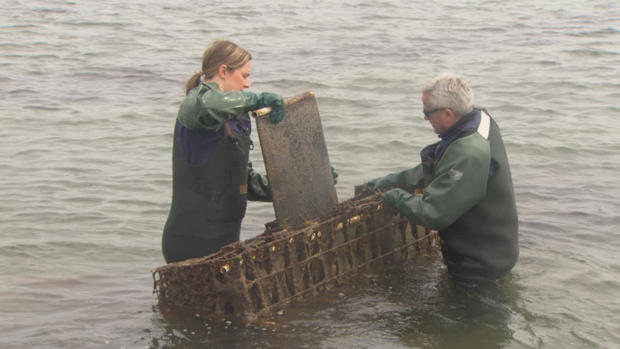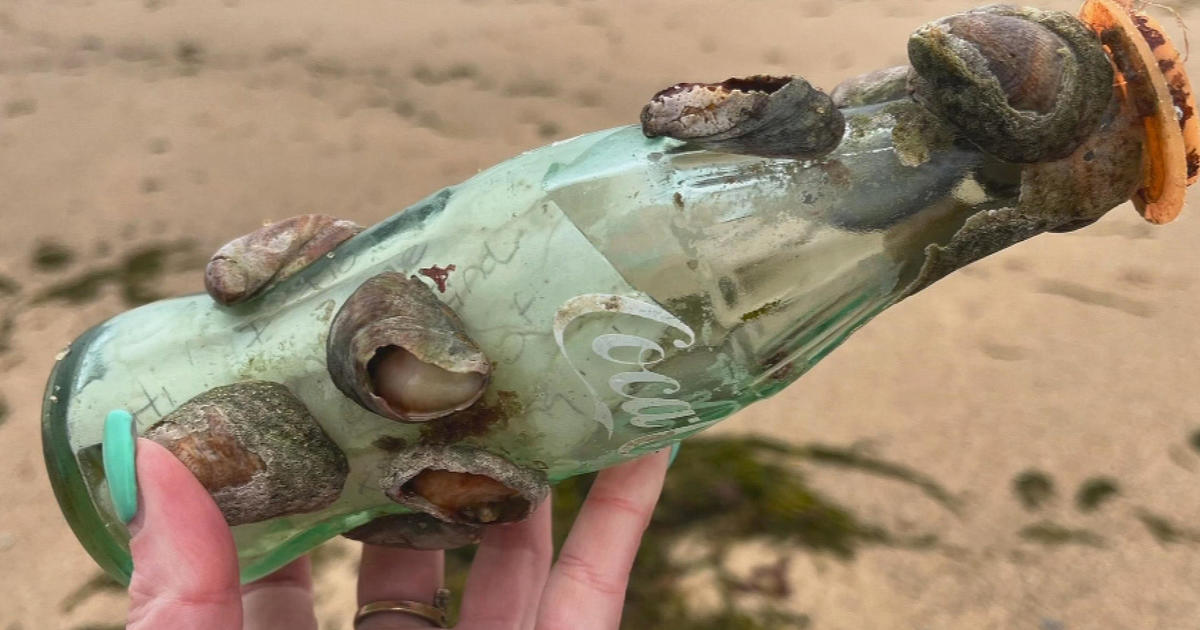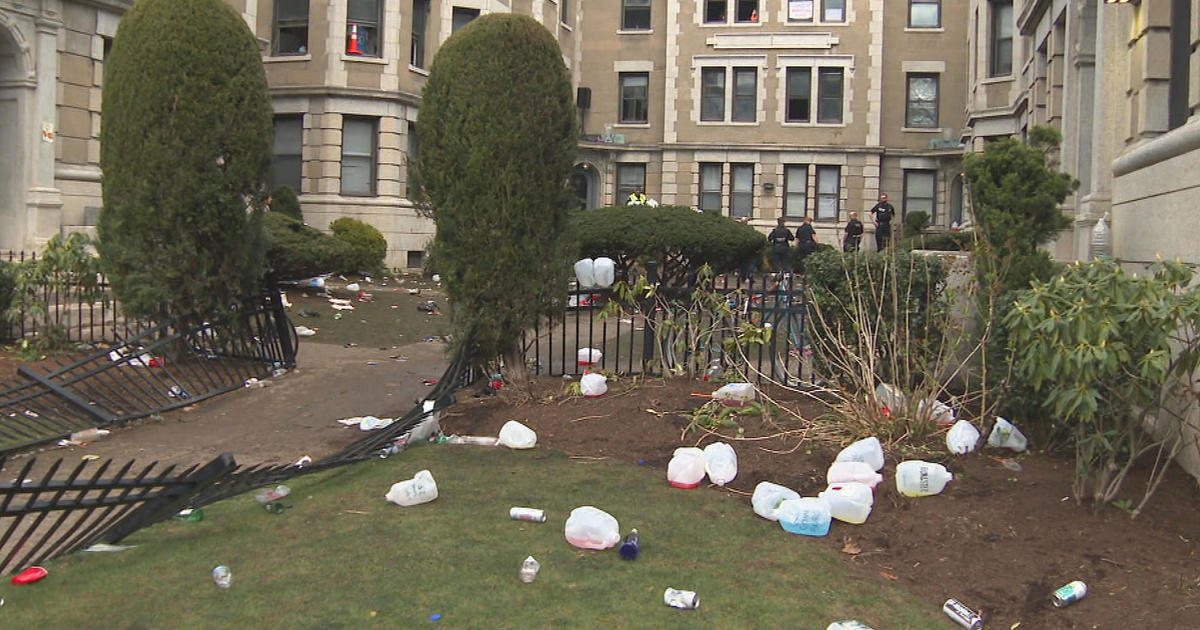Eye on Earth: Mashpee plants oysters to help filter wastewater
MASHPEE - Cape Cod's population explodes in the summer months with thousands enjoying the beaches of Massachusetts.
But, with all those people and the rise in full-time residents on the Cape comes more human waste. And the result is harmful pollution getting into some of the waterways.
One of the ecosystems being choked by these excessive nutrients is the Mashpee River.
Mashpee's Department of Natural Resources Director, Ashley Fisher said it has created a real problem. "The pollution here is primarily nitrogen pollution. Which is coming directly from our septic systems," Fisher said.
Fisher said the river has been on a steady decline since the 1980s when Cape Cod became more of a destination. Homes were built, but never a sewer system.
"Back in the 60s and 70s, there was a summer camp in the Mashpee River," explained Fisher. "There was sandy shoreline, sandy bottoms, people were able to swim. All of the nitrogen has come in year after year all these algal blooms have come in and there's almost eight feet of this muck."
Decades of algae blooms have sunk to the bottom of the river and created what Fisher described as a "black mayonnaise muck."
Fisher said it does not really smell but has carved out a destructive path.
"There's no life left, the species diversity is gone," said Fisher. "The species we do see are species that are able to withstand low oxygen levels for an extended period of time."
To help mitigate the problem, the town in coalition with the Mashpee Wampanoag Tribe has spent years planting millions of oysters in the water every year. Some oyster condos are now abandoned in the river, but others are flourishing further along the waterway in Popponesset Bay. The bivalves act as filters, absorbing the excess nitrogen and phosphorus and incorporating it into their shells. All while cleaning up the water. Each oyster is able to filter up to 50 gallons of water a day.
The effort is helping and allows the Mashpee Wampanoag and others to harvest and sell the shellfish, which are safe to eat despite acting as a filtration system.
Fisher said studies show the results have been significant, but these creatures can only do so much.
That is why there is another effort underway. The town of Mashpee has allocated more than $50 million to start Phase 1 of a sewer system and treatment plant. More than 400 homes will be converted to start and hopefully that change will begin to heal these majestic waters.
Still, the project will take years to complete. In the meantime, Mashpee will continue to expand their program of putting quahogs and oysters into the water.






